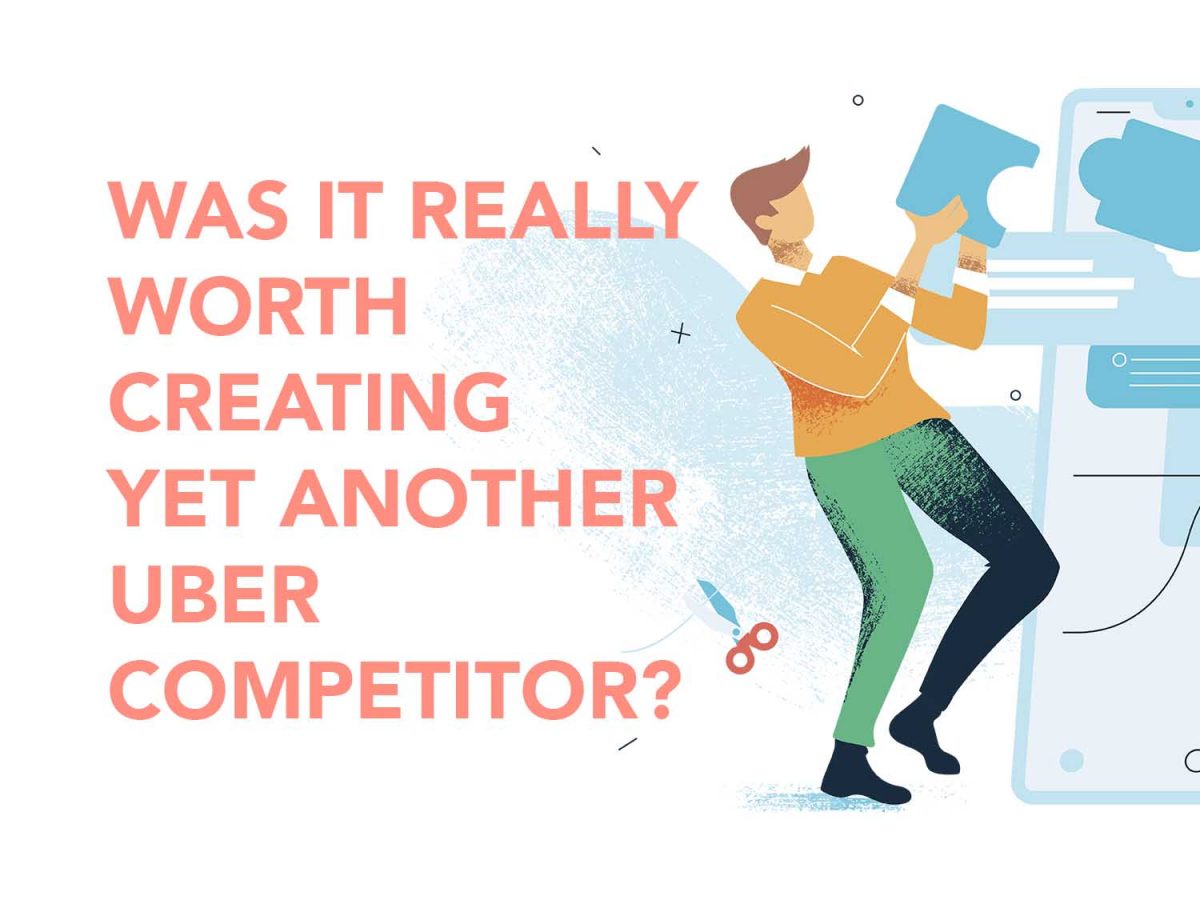I’ve got a window in my house. It’s a special window and that makes it valuable.
But in the way you’d think. It can’t be reached properly from the inside, so no one can clean it. That means most of the time it’s dirty. Something dirty that’s special and valuable — who would’ve thought.
If I’d really want to have it cleaned, it’d probably cost more than the usual cleaning session, since someone either has to be tied to the building or get through my neighbour’s mini-courtyard.
Nonetheless, it’s a pricy endeavour. Especially in terms of effort.
The solution?
If I’d tell a technician coming to my house that I want a window that can be detachable, he’d look at me as if I went crazy.
By detachable I mean I’d be able to “plug” it out from the wall, put it on the floor and have it cleaned. A bit of a stretch when it comes to the execution, but bear with me.
If I’d ask “Why is that so crazy”, he’d probably explain to me how what I want is too high-tech or far-fetched.
At the same time, most of the houses that I know have a way to not only see what’s multiple metres away to their external building door, but also to talk and open a door.
That’s not high-tech — most people have this and call it intercom.
So why is a “pluggable” window high-tech yet everyone has this intercom thing?
The answer lies within one of these top Medium pieces of mine:
More specifically, this part:
If a lot of companies would need to develop this solution from the ground, then it’s worth building a product. Especially if they need this but not all of them have the means to build it.
That’s exactly the problem with my window: how many people truly need that? Is it worth developing this kind of solution?
And here’s where, finally, the parallel is drawn to SaaS companies.
There’s nothing wrong with creating products that don’t solve problems for a lot of people — as long as you do it for training. Or not for business purposes.
At the same time, if you’re doing it for business purposes, the opposite is still not the case: going for the problem that MOST people have.
People have problems now with Uber. Less so these days but the 2017 controversies piled up and echoed into time.
Was it worth creating yet another competitor? Some obviously believed so since there’s so much competition — but was it worth it for you, the reader, to create an Uber competitor?
Chances are the answer is no, since that’s probably a different type of race you or I want to join.
The bottom line is this: finding the sweet spot is key. The sweet spot between:
- How many people need this solution
- How many people you can cater
- And, maybe the most important thing, being able to drop ego attachment
When I say ego attachment, I want to knock at the door of “Creating something that you need”. Yes, it’s a good idea, but just like any piece of advice, “overbelieving” in it can harm.
I can listen to “Creating a product that I need” and do my window thing — but that just doesn’t add up.
About Ch Daniel
I’ve updated this signature in July 2020, so older mentions of the signature might not make sense.
I currently don’t write on this blog anymore. I wrote daily for 9 months on this very blog, but now I’m focused on building the CH Group.
If you want to follow my newer articles, check out the CH Group’s blog.
See everything I do here: Chdaniel.com




